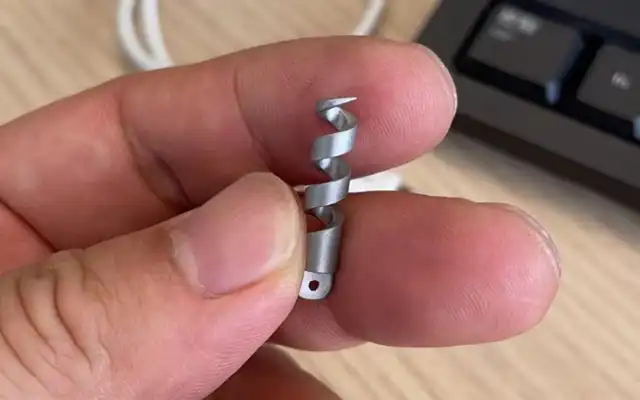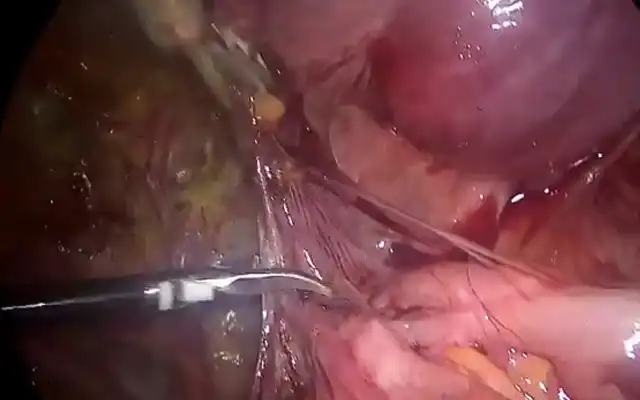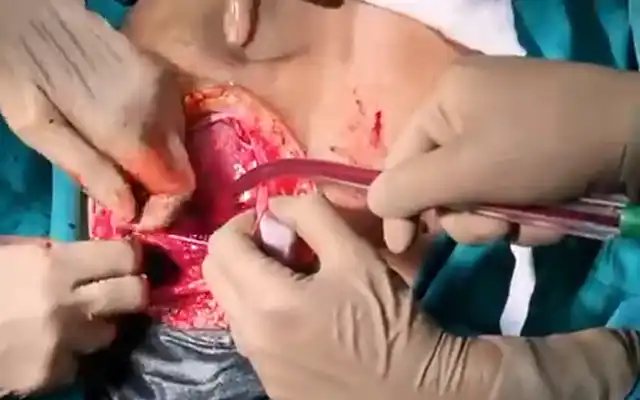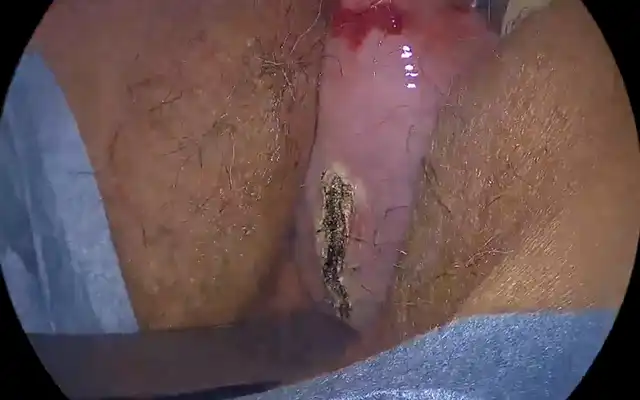Authors / metadata
DOI: 10.36205/trocarvid1.2020001
Abstract
Study Objective: To demonstrate a technique of laparoscopic management of a functional non communicating uterine horn with hematometra.
Design: A step by step description of the surgery using an instructional video.
Setting: A private hospital (Akanksha Women’s Hospital), Mumbai, India.
Patient: Twenty nine year old woman married since 2 years with complaints of dysmenorrhoea and infertility. Had been operated twice before by laparotomy, but abandoned both times. Ultrasound erroneously showed a large broad ligament fibroid with degeneration.
Intervention: Diagnostic hysteroscopy revealed a unicornuate uterus. Expanding metroplasty was done using hysteroscopic scissors. Diagnostic laparoscopy revealed a left functional non communicating horn in close relation to the smaller communicating horn, with extensive distortion of pelvic anatomy by endometriosis. The peritoneum over the left pelvic side wall was dissected to expose the ureter and the left uterine artery. Adhesiolysis was performed to separate the bowel adhesions from the uterus. The chocolate fluid in the horn was drained, and the horn was excised along with its endometrium. The myometrial defect was sutured in two layers, and covered with an adhesion barrier membrane.
Measurements and main results: Intra operative blood loss was 50 ml, and intra operative time was 120 minutes. The patient conceived spontaneously 12 months after surgery and delivered a healthy baby by elective caesarean section at 36 weeks of pregnancy.
Conclusion: Laparoscopic excision of a functional non communicating uterine horn is a challenging procedure and can be complicated by the presence of pelvic endometriosis. Hysteroscopic expanding metroplasty may improve the fertility outcome in select patients with unicornuate uterus.
Disclosure statement: The authors declare that they have no conflicts of interest and nothing to disclose.



